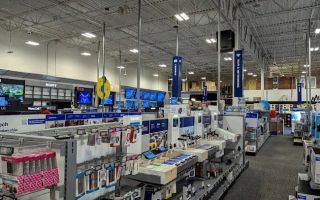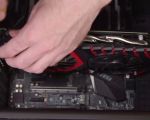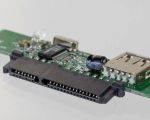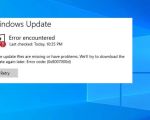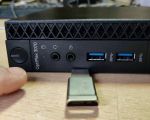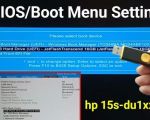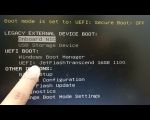How to Access and Use Dell Laptop Boot Menu: A Complete Guide
- Introduction to Dell Laptop Boot Menu
- How to Enter the Dell Boot Menu
- Understanding Dell Boot Options
- Common Boot Issues and Solutions
- Advanced Dell Boot Settings
3. Understanding Dell Boot Options
The Dell laptop boot menu presents several options that can help in troubleshooting and repairing your system. Here's an overview of the most common options:
- Diagnostics: Run a diagnostic test to check for hardware issues like faulty memory, hard drive problems, or overheating.
- Boot from USB: If you're trying to install or run an OS from a bootable USB drive, select this option.
- Boot from DVD: If your system contains a bootable DVD or CD, this option allows you to boot from that device.
- Enter Setup: This leads you to the BIOS settings, where you can adjust boot sequence and other advanced settings.
By selecting the right boot option, you can quickly solve problems such as system corruption, failed startup, or even upgrading your OS.
4. Common Boot Issues and Solutions
Sometimes, you may encounter boot issues that prevent your Dell laptop from starting up properly. Here are some common issues and how to fix them:
- Boot Loop: If your laptop keeps restarting, you may need to perform a hard reset or restore it to factory settings using the boot menu.
- Missing Boot Device: If you receive a "No Boot Device" message, check if the hard drive is properly connected or try booting from a different device.
- Windows Boot Manager Error: If the error is related to Windows, try using the “Repair Your Computer” option from the boot menu or boot from a recovery drive to troubleshoot further.
Many boot problems can be resolved quickly by accessing the boot menu and performing the necessary diagnostics or device selection.
5. Advanced Dell Boot Settings
For advanced users, the Dell boot menu can be modified in the BIOS settings to optimize your laptop’s startup process. Some key advanced settings include:
- Boot Order Priority: In the BIOS, you can set the boot order to prioritize the internal hard drive, USB, or optical drives.
- Secure Boot: You can disable Secure Boot if you need to boot from a non-Windows device or operating system.
- Legacy Boot Mode: If your laptop isn't recognizing certain boot devices, enabling Legacy Boot Mode may help.
These advanced settings allow more flexibility and control over your laptop’s boot process, ensuring smooth startup and troubleshooting capabilities.
If you're facing startup issues or need to boot from a different device, understanding the Dell laptop boot menu and its options is crucial. With this guide, you’ll be able to troubleshoot, install an operating system, and configure boot settings with confidence.
Want to learn more about advanced troubleshooting? Click here to explore more products and solutions!




